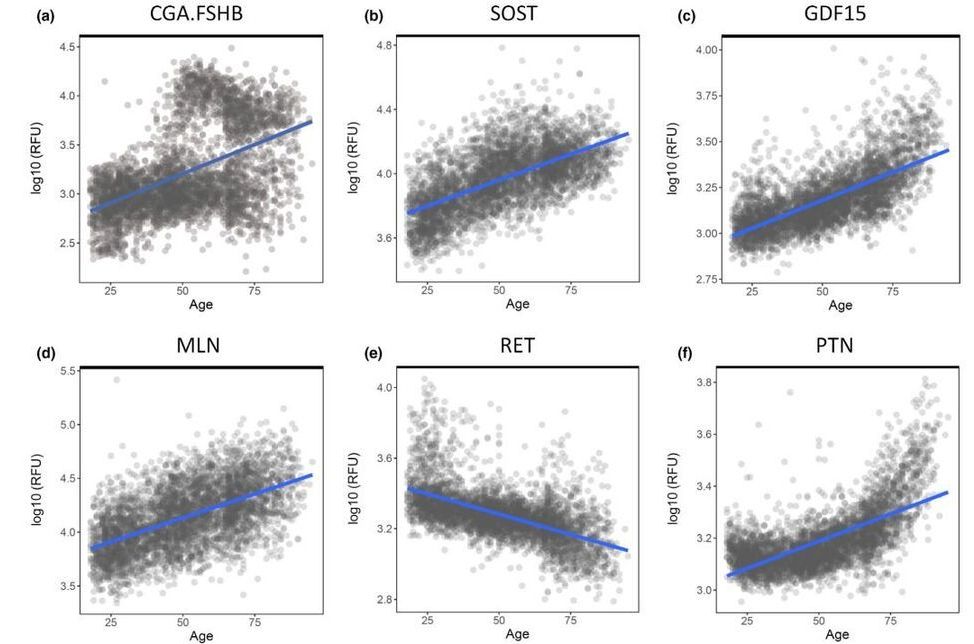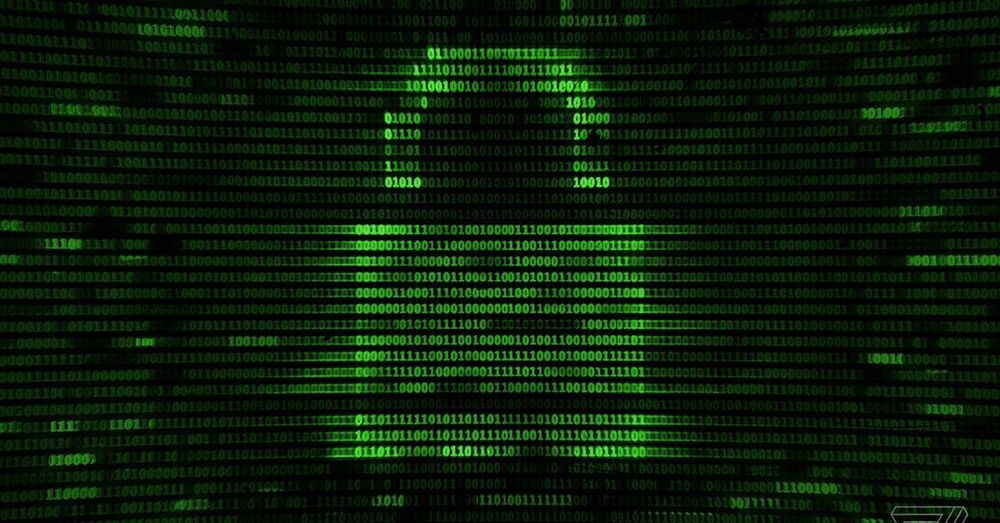Using CRISPR to alter the genetics of astrocytes in mice, researchers hope they’ve discovered how to regenerate neurons in patients with Parkinsons disease.
Using CRISPR/Cas9 gene editing tools, researchers introduced a common Parkinson’s disease mutation into stems cells of the marmoset monkey for a first time, paving the way toward a primate model of this disease.
Hydrogen is a sustainable source of clean energy that avoids toxic emissions and can add value to multiple sectors in the economy including transportation, power generation, metals manufacturing, among others. Technologies for storing and transporting hydrogen bridge the gap between sustainable energy production and fuel use, and therefore are an essential component of a viable hydrogen economy. But traditional means of storage and transportation are expensive and susceptible to contamination. As a result, researchers are searching for alternative techniques that are reliable, low-cost and simple. More-efficient hydrogen delivery systems would benefit many applications such as stationary power, portable power, and mobile vehicle industries.
Now, as reported in the journal Proceedings of the National Academy of Sciences, researchers have designed and synthesized an effective material for speeding up one of the limiting steps in extracting hydrogen from alcohols. The material, a catalyst, is made from tiny clusters of nickel metal anchored on a 2-D substrate. The team led by researchers at Lawrence Berkeley National Laboratory’s (Berkeley Lab) Molecular Foundry found that the catalyst could cleanly and efficiently accelerate the reaction that removes hydrogen atoms from a liquid chemical carrier. The material is robust and made from earth-abundant metals rather than existing options made from precious metals, and will help make hydrogen a viable energy source for a wide range of applications.
“We present here not merely a catalyst with higher activity than other nickel catalysts that we tested, for an important renewable energy fuel, but also a broader strategy toward using affordable metals in a broad range of reactions,” said Jeff Urban, the Inorganic Nanostructures Facility director at the Molecular Foundry who led the work. The research is part of the Hydrogen Materials Advanced Research Consortium (HyMARC), a consortium funded by the U.S. Department of Energy’s Office of Energy Efficiency and Renewable Energy Hydrogen and Fuel Cell Technologies Office (EERE). Through this effort, five national laboratories work towards the goal to address the scientific gaps blocking the advancement of solid hydrogen storage materials. Outputs from this work will directly feed into EERE’s H2@Scale vision for affordable hydrogen production, storage, distribution and utilization across multiple sectors in the economy.
Inside these walls, scientists have been trying for decades to create an unlimited source of energy, nuclear fusion. Welcome to JET, the world’s biggest nuclear fusion experiment.
Scientists argue that fusion could replace coal gas and nuclear fission in the energy mix alongside renewable energy, which can prove to be unreliable. If we can learn to control it, nuclear fusion could change life as we know it. But that’s a big if.
This video was produced as part of Digital Society, a publishing partnership between WIRED and Vontobel where all content is editorially independent. Visit Vontobel Impact for more stories on how technology is shaping the future of society: https://www.vontobel.com/en-int/about-vontobel/impact/
With thanks to the CCFE: https://ccfe.ukaea.uk.
#WIRED #NuclearFusion #NuclearReactor
New York has among the world’s tightest rules on fire safety and regular readers of this site will be aware that that has had a big impact on the ability to site lithium-ion based battery energy storage systems (BESS) within the boundaries of the state’s urban regions.
While the development of large-scale systems is taking place in less densely populated upstate areas of New York, commercial and industrial (C&I) battery storage, which has been used elsewhere around the country to help businesses manage their energy costs and the wider network to adopt greater shares of renewables, has not really been able to gain a foothold.
A couple of weeks ago the New York Power Authority (NYPA) — a public-benefit corporation which serves around 25% of the state’s electric load — began trialling an energy storage system using lithium batteries based around start-up Cadenza Innovation’s ’Supercell’ architecture. Wrapping individual cells into a protective housing, the technology is a low-cost way to prevent thermal runaway from cascading through a battery rack and causing fires.
There are many reasons why hackers might want to get into a big tech company’s systems.
Big tech companies like Intel and Nvidia had their computers hacked, along with the departments of the US federal government, in the SolarWinds hack.
Quantum mechanics has an exciting feature: a single event can exist in a state of superposition – happening bothhereandthere, or bothtodayandtomorrow.
Such superposition is quite challenging to create as they are easily destroyed if any information about the event’s place and time leaks into the surrounding – and even if nobody records this information. Once superposition is created, they lead to observations that are very different from that of classical physics, questioning down to our very understanding of space and time.
Recently scientists from EPFL, MIT, and CEA Saclay demonstrate a state of vibration simultaneously at two different times. They evidence this quantum superposition by measuring the strongest class of quantum correlations between light beams that interact with the vibration.
In the quest for advanced vehicles with higher energy efficiency and ultra-low emissions, Oak Ridge National Laboratory researchers are accelerating a research engine that gives scientists and engineers an unprecedented view inside the atomic-level workings of combustion engines in real time.
The new capability is an engine built specifically to run inside a neutron beam line. This neutronic engine provides a unique sample environment that allows investigation of structural changes in new alloys designed for the environment of a high-temperature, advanced combustion engine operating in realistic conditions.
ORNL first unveiled the capability in 2017, when researchers successfully evaluated a small, prototype engine with a cylinder head cast from a new high-temperature aluminum-cerium alloy created at the lab. The experiment was the world’s first in which a running engine was analyzed by neutron diffraction, using the VULCAN neutron diffractometer at the Department of Energy’s Spallation Neutron Source, or SNS, at ORNL.









